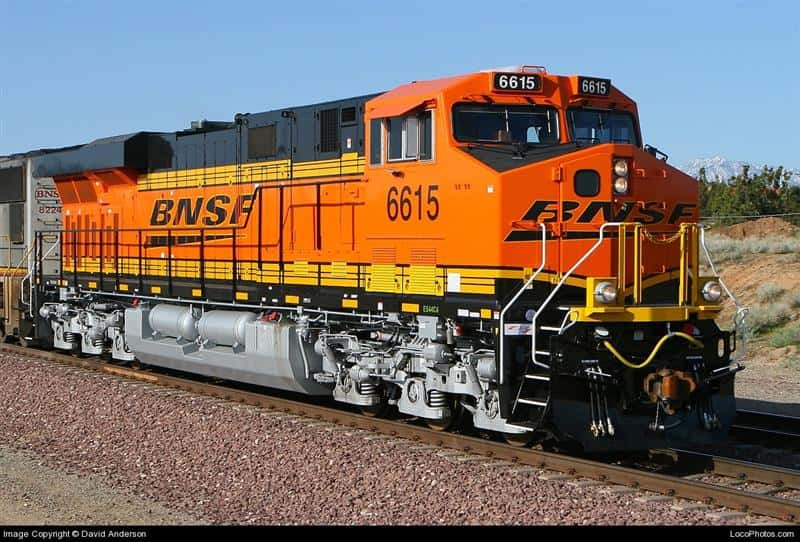Last Friday the Surface Transportation Board (STB) announced that all seven Class 1 railroads will be required to send regular progress reports on service, operations, and employment to the Board. In addition, BNSF Railway, CSX Transportation, Norfolk Southern Railway and Union Pacific are required to file service recovery plans explaining the specific actions each carrier will take to improve service and the metrics by which carriers will evaluate progress toward improvements. These railroads will participate in regular calls with the STB’s Office of Public Assistance, Governmental Affairs, and Compliance to address progress made to resolve significant rail service and labor shortage problems.
These decisions were announced after the late April hearings held by the STB on service delays. Groups like the National Grain and Feed Association (NGFA ) who represent rail customers such as grain shippers and receivers testified that excessive dwell times at origins and delayed train delivery to destinations have had severe impacts on the grain industry.
Delays Costly for Rail Customers
Mike Seyfert President and CEO of the NGFA testified that “Many NGFA members have a daily risk of slowing or shutting down operations due to reduced and inconsistent rail service,” he said. “Some individual NGFA member companies report losses and increased costs in the tens of millions of dollars and lost or reduced operating days totaling weeks.”
Jim Peterson is the Policy and Marketing Director for the North Dakota Wheat Commission as well as the current chairman of the US Wheat Associates transportation working group. Peterson told Northern Ag Network what kind of service delays some rail customers have experienced.
“Ordered freight from a grain shipper can be as much as 6 weeks behind schedule, some shuttle trains are a little more on time, but the bottom line is they’re all late on deliveries and what that does is back up the whole system.” Peterson continued, “Some trains are out of position 4 to 6 weeks, well if you’re a flour miller, a feed manufacturer, an elevator with an export contract on the west coast, or an exporter trying to load a vessel, 4 weeks is huge.”
Reciprocal Penalties Proposed
Peterson echoed a sentiment held by many of the groups which testified before the STB when he said, “Shippers pay a penalty if they don’t load a train on time but there’s no reciprocal penalty if a railroad delivers freight behind schedule… and right now that’s the biggest frustration”.
In fact, one of the NGFA’s recommendations for the STB was to “implement financial incentives for rail roads to perform more efficiently using the same concepts they use to incentivize their customers”.
President and CEO Seyfert said that since the NGFA’s formation 125 years ago the grain industry has changed considerably and with that in mind fixes to current rail service challenges should be designed as long-term solutions.
Nevertheless, even though organizations like the NGFA which have been critical of the business practices of the rail industry, they recognized that the pandemic caused labor shortages and supply chain issues that have proved challenging for rail companies to overcome.
Rail Company Responds
In an interview with Angela Caddell, Group Vice president for Agricultural products with BNSF Railway, she said the company understands recent performance hasn’t met either customer or its own expectations. Caddell said “the cause is slower network velocity, it is limiting our ability to meet demand, so we’re laser-focused on turning around service.”
Caddell explained that slower network velocity has resulted from labor shortages, inclement weather, and congestion in ports and inland terminals. These factors have all combined to increase rail car inventory and congestion over BNSF’s entire network further constraining company resources and leading to longer delays for customers.
Caddell also discussed the specifics of BNSF’s aggressive service recovery plan.. First the company wants to reduce rail car congestion on its network.
“We’re talking to our customers and there’s a lot of collaborative discussion on the best way to reduce any unproductive inventory”.
Next, BNSF plans to increase both the number of active locomotives on its railways as well as its locomotive shop output.
“We’re using overtime to repair our locomotives faster and get them back to work for customers as fast as possible”.
Finally, Caddell said the company will hire additional employees in the form of train crews, engineers, and mechanical and dispatching teams.
“This year we plan to hire about 3,000 additional employees, which is a big number”.
Caddell said the company is starting to see week over week improvements and will continue working with customers like grain shippers and receivers to improve service.
Service Monitoring will Continue
However, despite railroads’ plans to improve service, the Surface Transportation Board has made it clear that the requirement of additional reporting from companies may not be the final result of last month’s hearings on service issues.
Chairman of the STB Martin Oberman said Friday, “Today’s decision is an immediate step the board can take to enable needed monitoring of the improved efforts the railroads have been promising for months, and to determine if additional regulatory steps are necessary to promote reliable service”.
###


